(NLĐO) - A monstrous creature, previously unrecorded in paleontological literature, once roamed the Sahara Desert 95 million years ago.
According to Sci-News, the identity of a terrifying beast has been determined after more than a century of being exposed in the Bahariya Formation, a fossil-rich area in the Bahariya Oasis , Giza Province, Egypt, a remarkably verdant region in the middle of the Sahara Desert.
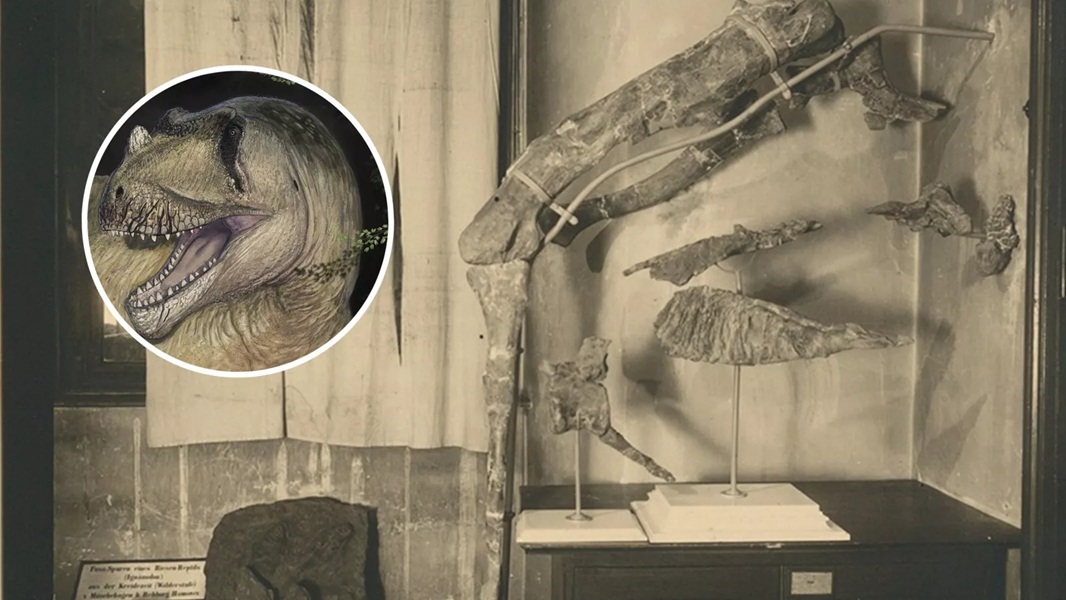
Graphic illustration depicting the "Egyptian Beast" and a photograph of its skeletal remains - Photo: Joschua Knüppe/Ernst Stromer von Reichenbach
Fragments of the beast's skull and other bones have been unearthed since 1914 and first described in 1931 by the German paleontologist Ernst Stromer von Reichenbach.
At the time, it was believed to be a member of the Carcharodontosaurus dinosaur lineage, which had been discovered in Morocco.
Later, the fossilized bones of the animal were destroyed during World War II. But thanks to documents left behind by many researchers from the previous century, another research team from Germany discovered something unusual.
Dr. Maximilian Kellermann from Ludwig-Maximilians University (Germany), a member of the research team, said: “The Egyptian dinosaur fossil is described significantly differently from more recent findings of Carcharodontosaurus in Morocco.”
Further analysis helped the research team identify this historical specimen as an entirely new species belonging to the "shark-toothed dinosaur" lineage Carcharodontosauridae.
The Egyptian beast was named Tameryraptor markgrafi. It was an extremely ferocious carnivorous creature, reaching up to 10 meters in length when alive, with symmetrical teeth and a prominent nose horn.
This 95-million-year-old creature is closely related to the Carcharodontosaurs of North Africa and South America, as well as to a group of predatory dinosaurs in Asia called Metriacanthosaurs.
"Perhaps the dinosaur fauna of North Africa was far more diverse than we previously thought," the authors stated.
They believe that the Bahariya oasis, and possibly a larger area of Giza province on the Nile River, may hold secrets about a very crowded and vibrant world from the Cretaceous period.
The study was recently published in the scientific journal PLoS ONE.
Source: https://nld.com.vn/quai-thu-di-long-dai-10-m-lo-dien-o-giza-ai-cap-19625011909451253.htm












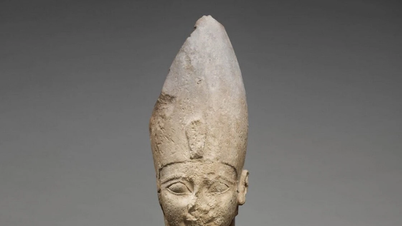



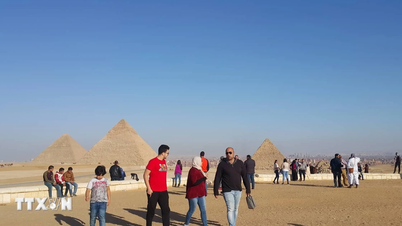































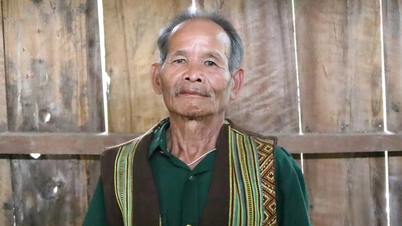












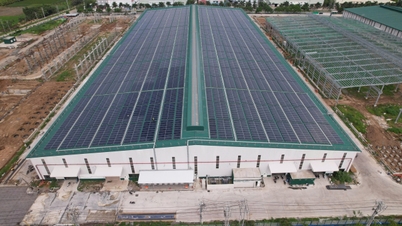



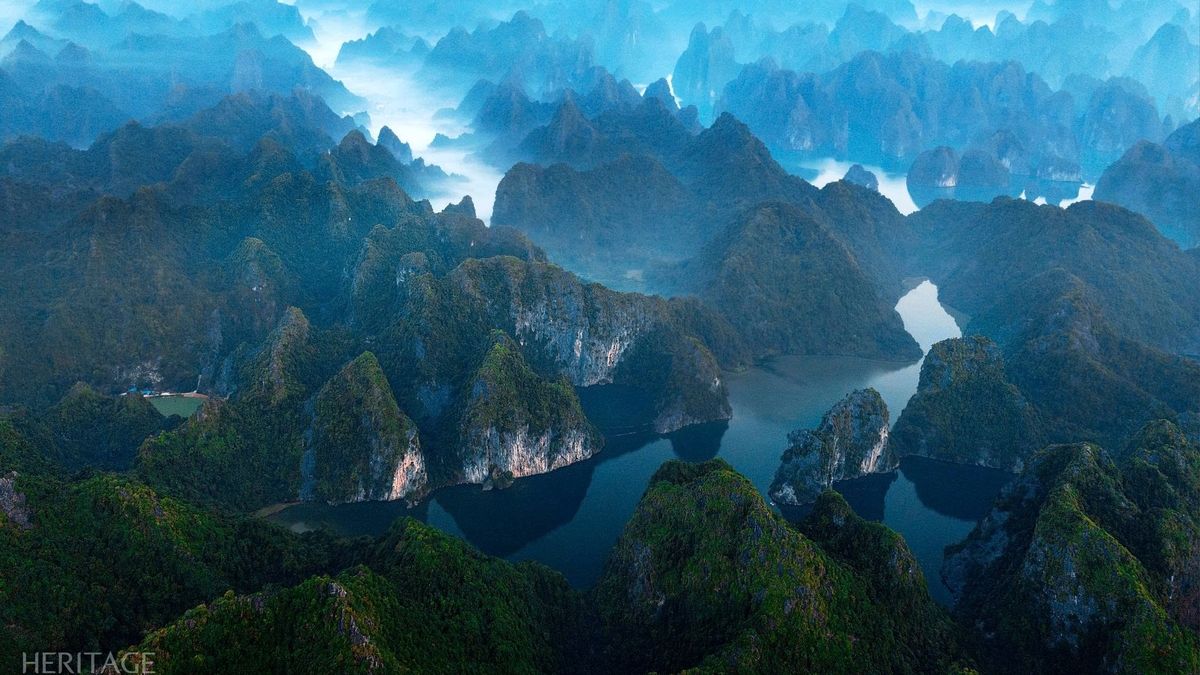























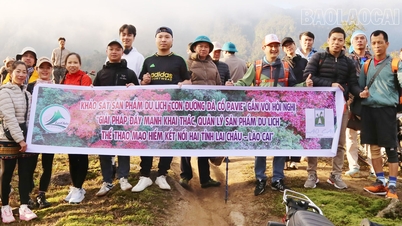




















Comment (0)